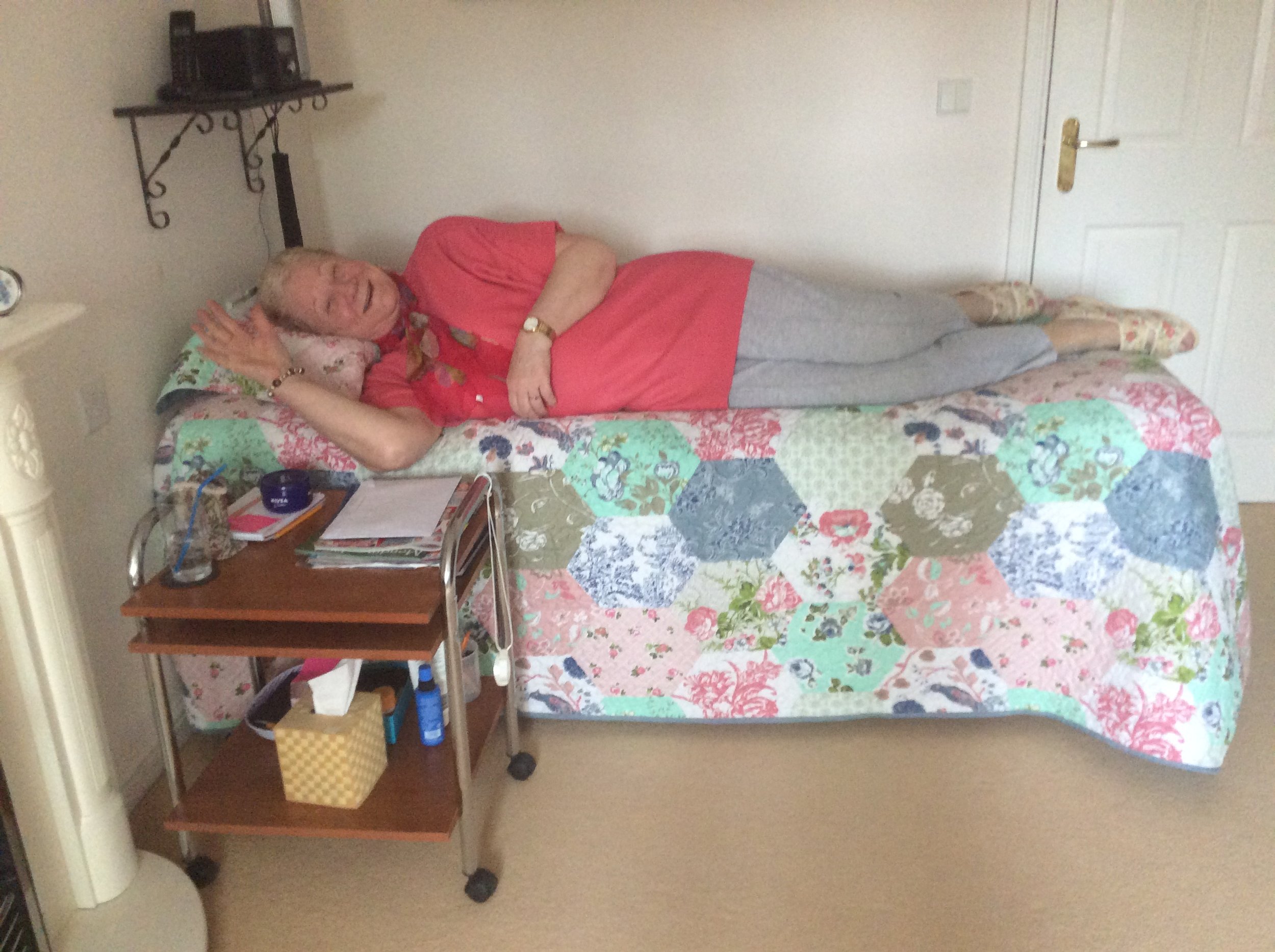Dear AARP: Stop Picking on Pain Patients
/(Editor’s Note: Last year PNN columnist Rochelle Odell wrote an article critical of the American Association of Retired Persons (AARP) for publishing a special report entitled “The Opioid Menace.” The report claimed that many older Americans had become “new opioid dealers” who were fueling the opioid crisis by “selling their prescription painkillers to drug pushers.”
AARP recently published a new bulletin, which focuses on how scammers are bilking Medicare for $60 billion annually. Once again, AARP claims that Medicare fraud "puts deadly pills on the street" and helps fuel the opioid crisis. In response, Rochelle wrote this open letter to AARP’s editors.)
Dear AARP Editors,
I received the AARP Bulletin and at first found your cover story on Medicare fraud interesting. Fraud is a major problem that will need patients, physicians and law enforcement to resolve. It causes healthcare costs to rise, which many of us on Social Security and fixed incomes can’t afford to pay.
As I got towards the end of the bulletin, my anger began to rise as I read "The Opioid-Medicare Connection." You claim that “shady doctors are writing bogus prescriptions for opioid painkillers” using stolen Medicare ID numbers and that “the pills are then sold on the street for huge profits.”
“The practice is shockingly common, and the impact is severe. For Medicare, it means covering the cost of countless millions of high-priced pills that never should have been prescribed. At the same time, prescription opioids are responsible for an estimated 95 overdose deaths a day in the United States,” the article claims, without ever citing a source for that information.
It brought me back to last summer when AARP published "The Opioid Menace." Why is AARP constantly attacking opioid pain medication? Why do you continually write misleading information about opioids? Could it be dollar motivated?
Then I read about AARP's survey on medical marijuana, which found that a majority of older Americans “think marijuana is effective for pain relief and should be available to patients with a doctor’s recommendation.” I have to disagree with the survey findings. There are many of us who have tried medical cannabis and received zero benefit. It did nothing for my pain.
Then it dawned on me, of course insurance providers such as AARP would like more patients to use cannabis. As it becomes harder for us to get prescription opioids, many pain patients are turning to cannabis, a treatment that AARP and other insurers don't have to pay for. How much will that fatten your bottom line?
I find it hard to believe stolen Medicare ID numbers play that big of a role in the opioid crisis. Prescriptions for opioid medication are tracked more than ever, with doctors, pharmacists and insurers having instant access to databases to see just how many prescriptions a patient is getting.
I have been on Medicare since 1997 due to becoming disabled by Complex Regional Pain Syndrome (CRPS). There has never been a time that I did not have to present a picture ID when picking up an opioid prescription. And if I was unable to pick them up myself, a friend or relative had to present my ID confirming it was indeed for me, along with my current address.
Please explain how the "shady doctors" you referred to in your article are able to pull off this "shockingly common" fraud and make “huge profits.” As in last year's Opioid Menace article, AARP uses minimal references to support these claims. It was interesting you referenced only one physician who did this, only one.
Medicare just published a new rule starting in 2019, which impose new limits on high dose opioids and requires “high risk” patients to see a specific physician and use a specific pharmacy. Think of the money you can save now. More patients paying out of pocket for medical cannabis and prescription opioids being reduced or stopped.
Whatever happened to AARP being there for us older Americans?
Rochelle Odell lives in California. She’s lived for nearly 25 years with Complex Regional Pain Syndrome (CRPS/RSD).
The information in this column should not be considered as professional medical advice, diagnosis or treatment. It is for informational purposes only and represents the author’s opinions alone. It does not inherently express or reflect the views, opinions and/or positions of Pain News Network.



































